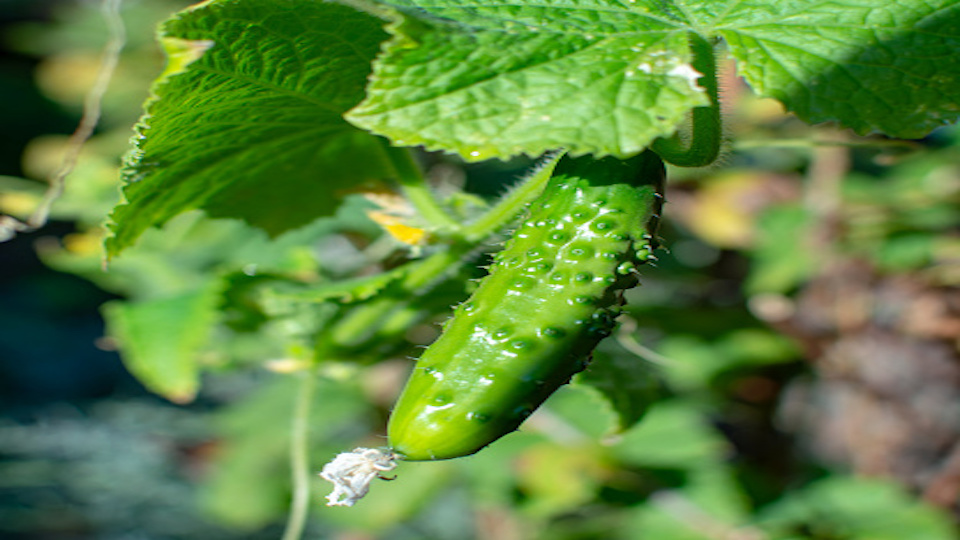There is nothing quite like the feeling of enjoying fresh vegetables straight from your garden after a season of hard work and patience. Knowing exactly where your food comes from helps to ensure that you are getting the best quality produce. However, learning the basics of planting a vegetable garden can be incredibly difficult. With so much information available, it can be confusing to know where to start.
Follow this simple guide to growing an amazing garden today!
1. Choose your location
Reign in your excitement and take some time to think about the location of your garden before you grab your shovel and topsoil. Keep in mind that bigger isn’t always better when it comes to beginner gardening. The more you plant, the more you will have to water, weed, and harvest. Start small by only planting your favorite vegetables or the ones that are most expensive to buy in the grocery store. As you get the hang of vegetable gardening and learn what grows best in your area, you can start to expand your garden.
- Sunlight
It is important that you choose a location that receives adequate sunlight. Monitor your yard and potential garden locations for a few days and discover which area gets at least 6 hours of direct sunlight on a daily basis. Proper sunlight helps plants to grow strong and produce a bountiful harvest as well as resist disease, insects, and mold or rot.
- Water
You also want to make sure that you plant close to a water source. It can be a hassle to try to haul a heavy hose to your garden form the other side of your property.
- Stability
It would be a shame to go through all the hard work of tending and planting your garden only to have the spot completely flooded by late spring rains. Be sure that you are not planting in an area that is prone to heavy winds, flooding, or overexposed to the sun.
- Border
Determine some sort of border to help you know the boundaries of your garden. Use simple wooden beams to block off a plot, or a more elaborate edging system. You can even try constructing raised beds for easier gardening.
2. Decide what you will grow
Before you can design your bed and start planting, it is important that you actually have a layout of what you want to plant. Planning is the key to success! Take a piece of paper and sketch a rough outline of the space you have to work with. Then, determine which vegetables grow well together using a companion planter guide and fill in your drawing accordingly. It is also important that you plant vegetables that grow well in your region.
Depending on what you choose to grow and the size of your garden, you may want to start some of your plants from seed. If that is the case, order them or purchase them from your local nursery or plant store in the winter and start them indoors.
3. Cultivate your soil
If you simply till the ground and plant away, you’re not exactly setting yourself up for success. It is important to follow tilling with compost or other soil amendments. Work compost into the loosened ground and mix it with the existing soil to help bring important nutrients and aerate the dirt.
4. Plant and tend
Once you’ve planted your delicate baby vegetables, your job isn’t done. Be sure to keep the area free of weeds, which can choke your plants and rob them of essential nutrients. You can do this by simply pulling the weeds from the root or applying a thick layer of mulch to your beds to help smother them. If you only have a small space to work with, try training your plants to climb trellises.
This can help utilize the available area and increase your growing space. Pay attention to the fertilizer requirements for each of your plants and fertilize accordingly. This is especially important for first-year gardens as they are usually lacking in various minerals and nutrients.
5. Harvest
Harvesting vegetables can be done as they reach maturity throughout the growing season. Enjoy fresh veggies or cook or freeze them to help them last longer. You can even try your hand at canning if you’re feeling adventurous.
Above all, have fun and happy planting!
-Taylor Ramsey




